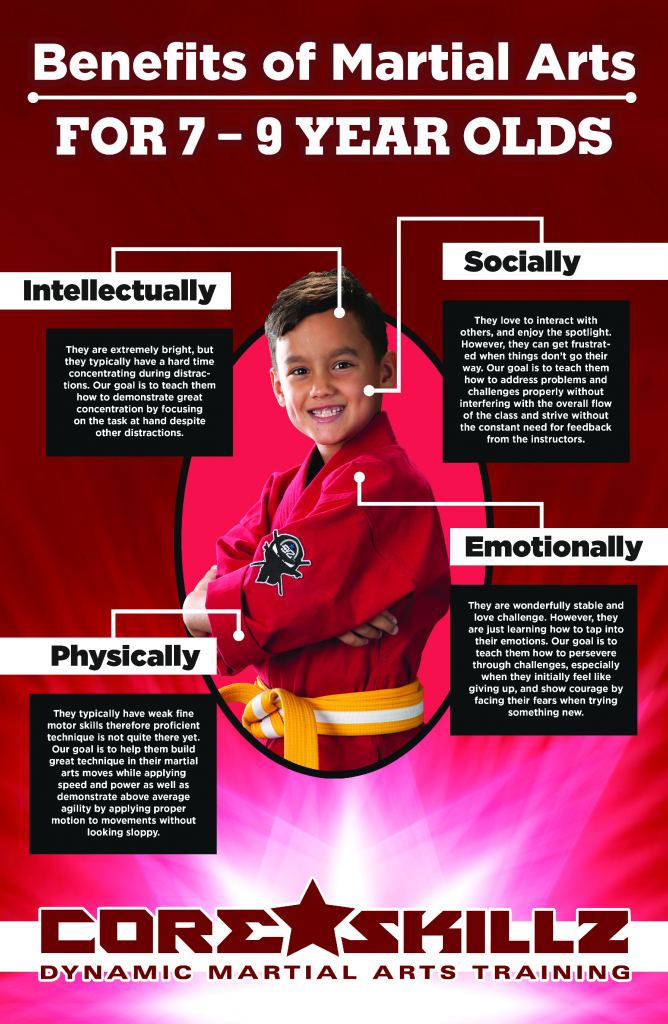The Development And Historical Context Of Martial Arts Worldwide
The Development And Historical Context Of Martial Arts Worldwide
Blog Article
Content Create By-Stevenson Ebsen
Martial arts have a fascinating background that spans centuries and continents. You may discover it intriguing how ancient practices like Shuai Jiao and Kalaripayattu laid the groundwork for contemporary battle methods. These disciplines not only highlight physical abilities however likewise show the societies that birthed them. As brazilian martial arts explore their development, think about just how globalization has actually transformed these standard forms right into crossbreed styles. What influences do you think have shaped today's martial arts landscape?
Ancient Martial arts: The Foundations of Fight
As you look into the world of ancient martial arts, you'll uncover the abundant structures that shaped fight methods across societies. Very early techniques concentrated on Self-Defense and survival, commonly incorporating strikes, grappling, and weaponry.
In ancient China, for instance, techniques like Shuai Jiao stressed tosses and joint locks, while India's Kalaripayattu showcased agility and liquid movement. Japanese samurai established Kenjutsu, a refined swordsmanship that highlighted discipline and approach.
martial arts for women offered not just for fight yet also as a way of individual development, instilling worths like regard and perseverance. The mixing of these techniques in time laid the groundwork for the diverse martial arts you see today, each reflecting the one-of-a-kind approaches and requirements of its culture.
The Social Influence on Martial Arts Development
While martial arts often mirror the functional requirements of a culture, they additionally personify the social values and beliefs of their beginnings. When you discover various martial arts, you'll observe how they're influenced by religious beliefs, viewpoint, and social standards.
For example, the emphasis on regard and discipline in Japanese martial arts comes from Zen Buddhism and samurai culture. In contrast, Brazilian Jiu-Jitsu advertises flexibility and approach, formed by the requirement for efficiency in a diverse, modern environment.
You could discover that the routines, uniforms, and training methods reflect an area's history and identification. By comprehending these social impacts, you strengthen your admiration of martial arts and their duty fit human experiences around the world.
Modern Adaptations and the Globalization of Martial arts
Martial arts have transformed dramatically in current years, adjusting to modern culture and international influences. simply click the up coming internet page 'll observe that standard types have mixed with modern methods, creating hybrid styles like MMA. These adaptations cater to varied audiences, making martial arts obtainable and attractive around the world.
With the surge of social media sites and digital platforms, you can locate tutorials and competitors from all corners of the world, damaging geographical barriers. This globalization has actually led to a common appreciation for various techniques, from Brazilian Jiu-Jitsu to Taekwondo.
As you engage with these arts, you'll understand they're not nearly fight; they advertise health and fitness, self-control, and psychological well-being.
Inevitably, modern-day adjustments have actually enhanced the martial arts landscape, making it a vibrant and developing practice.
Conclusion
In exploring the history and evolution of martial arts, you uncover an interesting blend of methods, societies, and viewpoints. From old self-controls like Shuai Jiao and Kalaripayattu to the contemporary adaptability seen in mixed martial arts, martial arts reflect humankind's quest for Self-Defense and personal development. As you involve with these methods, you not only gain abilities however likewise a much deeper gratitude for the varied practices that shape our globe today. So, continue your trip and embrace the art of battle!
